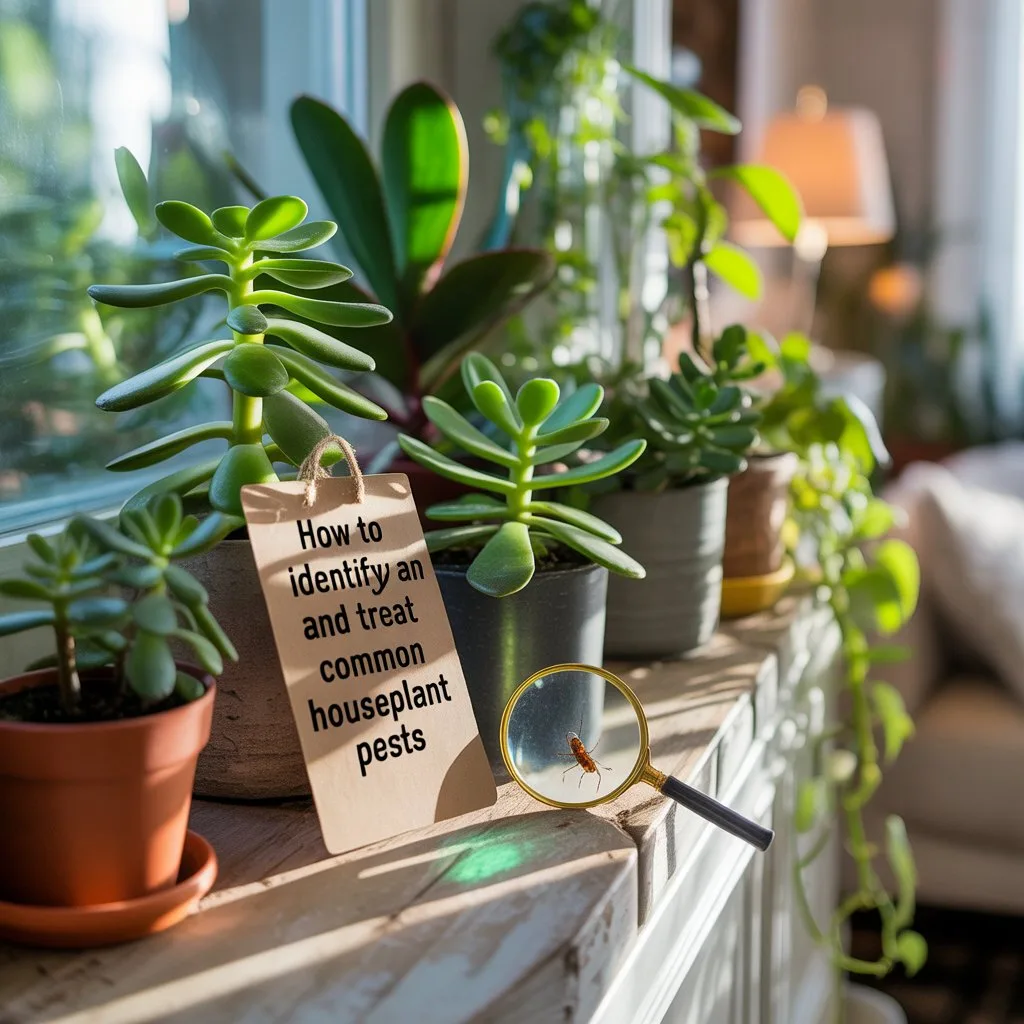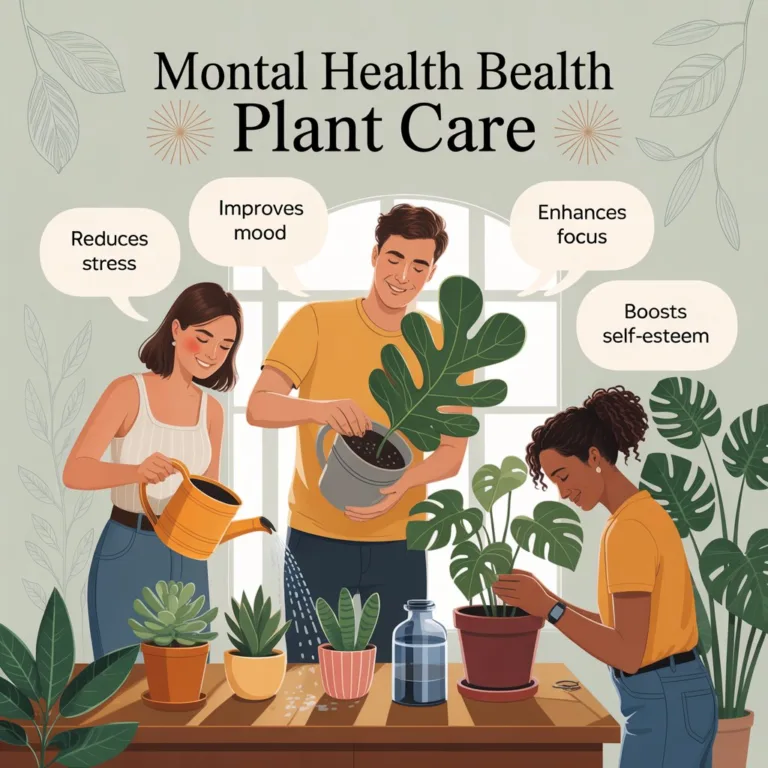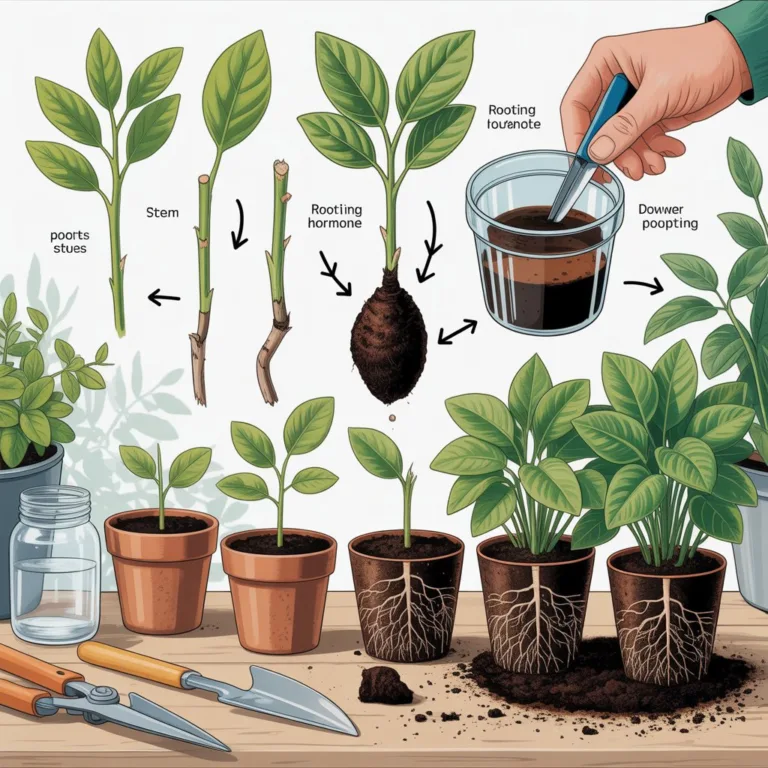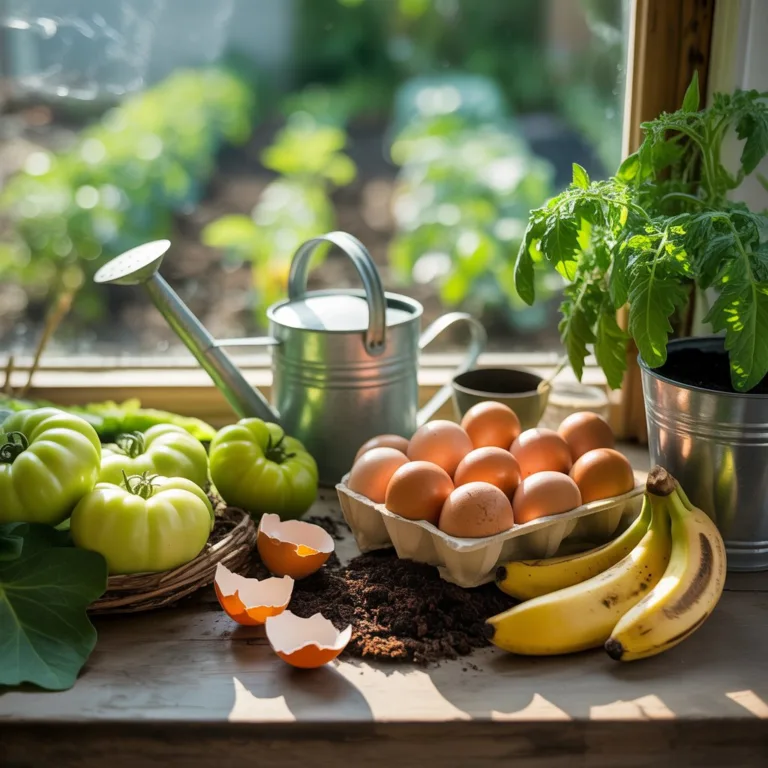Caring for houseplants brings life, color, and calm to indoor spaces, but even the most dedicated plant parent can face one frustrating challenge—pests. These tiny invaders can quickly turn lush, thriving plants into wilted, spotted, or sticky messes. Understanding how to identify and treat common houseplant pests is essential for keeping your indoor garden healthy and vibrant.

Every plant owner eventually encounters issues like aphids, spider mites, or fungus gnats. The good news is that most infestations can be controlled with early detection and the right techniques. With a mix of observation, natural remedies, and consistent plant care, you can prevent pests from taking hold—and even restore infested plants to full health.
This guide explores the most common houseplant pests, how to recognize their signs, and effective, eco-friendly ways to eliminate them without harming your plants or the environment.
Recognizing the Early Signs of Houseplant Pests
The first step to managing houseplant pests is awareness. Pests often remain unnoticed until damage becomes visible, but a careful look at leaves, stems, and soil can reveal their presence early.
Common signs include:
- Tiny webs or sticky residue on leaves and stems
- Yellowing or curling leaves
- Speckled or distorted foliage
- Stunted growth or falling leaves
- Tiny flying insects near the soil surface
Regularly inspect your plants—especially new ones—before placing them near others. Early detection is your strongest defense against widespread infestations.
Understanding the Most Common Houseplant Pests
Houseplant pests come in many forms, each with unique behaviors and damage patterns. Knowing what to look for helps you respond effectively before pests multiply.
Aphids
How to Identify Them:
Aphids are soft-bodied, pear-shaped insects that cluster on the undersides of leaves and young stems. They can be green, black, yellow, red, or white, depending on the species.
Signs of Infestation:
Aphids feed on plant sap, leaving leaves curled, distorted, and sticky due to the honeydew they secrete. This sticky residue can also lead to sooty mold—a black, fungus-like coating on leaves.
Eco-Friendly Treatments:
- Rinse plants with a gentle stream of water to dislodge aphids.
- Spray leaves with a mix of one teaspoon of mild liquid soap per liter of water. Rinse after a few hours to prevent leaf damage.
- Introduce natural predators like ladybugs or lacewings if you maintain a greenhouse or large indoor garden.
Suggested Image: Close-up photo of aphids clustering on a green leaf, with alt text “Aphids feeding on a houseplant leaf.”
Spider Mites
How to Identify Them:
Spider mites are extremely small—often less than 1 mm—and can appear as tiny red, yellow, or white dots moving on the leaf surface. They are most visible by their fine, silky webs.
Signs of Infestation:
Leaves may look speckled, faded, or bronzed. In severe cases, webbing becomes visible between leaves and stems.
Eco-Friendly Treatments:
- Increase humidity; spider mites thrive in dry air.
- Wipe leaves with a damp cloth or spray with water to remove mites and their webs.
- Use neem oil spray weekly (mix one teaspoon of neem oil with a liter of warm water and a few drops of mild soap).
- Isolate infested plants to prevent spread.
Suggested Image: A macro shot of spider mite webs on plant leaves, alt text “Fine spider mite webs on a houseplant.”
Mealybugs
How to Identify Them:
Mealybugs look like small cottony tufts on stems, leaf joints, and undersides of leaves. They move slowly and are often mistaken for fungus or dust.
Signs of Infestation:
Plants may appear sticky or covered in a white, waxy residue. Growth slows, and leaves can turn yellow or drop prematurely.
Eco-Friendly Treatments:
- Dip a cotton swab in 70% isopropyl alcohol and gently dab visible mealybugs to kill them instantly.
- Follow up with a spray of diluted neem oil every few days.
- Inspect plant roots—mealybugs sometimes hide in soil near the root base.
Suggested Image: Mealybugs clustered in the junction of plant leaves, alt text “White mealybugs on the stem of a houseplant.”
Scale Insects
How to Identify Them:
Scale insects look like small, immobile bumps attached to stems or leaves. They can be brown, tan, or gray, and often blend in with the plant’s surface.
Signs of Infestation:
Yellow spots on leaves, sticky residue, and reduced plant vigor are common indicators.
Eco-Friendly Treatments:
- Gently scrape off scales with a soft brush or cloth.
- Apply neem oil or horticultural oil to suffocate remaining pests.
- For large infestations, prune heavily affected areas and dispose of them properly.
Suggested Image: Brown scale insects on a green leaf, alt text “Close-up of scale insects attached to a houseplant stem.”
Fungus Gnats
How to Identify Them:
Fungus gnats resemble tiny mosquitoes and hover near soil or pot rims. The larvae live in damp soil and feed on organic matter and plant roots.
Signs of Infestation:
Adult gnats are annoying but harmless; larvae cause wilting or yellowing, especially in seedlings or young plants.
Eco-Friendly Treatments:
- Allow soil to dry out between watering—gnats thrive in moist conditions.
- Use sticky traps near the base of the plant to catch adults.
- Sprinkle a thin layer of cinnamon powder or diatomaceous earth on soil to deter larvae.
- Water occasionally with a hydrogen peroxide solution (1 part 3% hydrogen peroxide to 4 parts water) to kill larvae safely.
Suggested Image: Small black fungus gnats on potting soil, alt text “Fungus gnats on moist houseplant soil.”
Whiteflies
How to Identify Them:
Whiteflies are small, white, moth-like insects that fly up when plants are disturbed. They are commonly found on the undersides of leaves.
Signs of Infestation:
Leaves turn yellow, curl, or drop. Like aphids, whiteflies produce honeydew, which attracts sooty mold.
Eco-Friendly Treatments:
- Vacuum visible adults gently using a handheld vacuum.
- Spray plants with insecticidal soap or neem oil.
- Place yellow sticky traps around the plants to capture adults.
Suggested Image: Whiteflies resting on the underside of a leaf, alt text “Cluster of whiteflies on houseplant leaves.”
Thrips
How to Identify Them:
Thrips are slender, fast-moving insects that scrape plant tissues to suck out their contents. They can be black, brown, or translucent.
Signs of Infestation:
Leaves may develop silvery streaks, distorted edges, or black specks (their droppings). Flowers may appear deformed or fail to open.
Eco-Friendly Treatments:
- Prune affected leaves or flowers.
- Spray with a neem oil or insecticidal soap solution every few days.
- Maintain good air circulation and isolate infested plants immediately.
Suggested Image: Thrips damage on a flower petal, alt text “Silver streaks caused by thrips on a houseplant leaf.”
Preventing Future Pest Infestations
Preventing pests is easier than treating them. By adopting consistent plant care habits, you can create an environment that naturally discourages pest activity.
Inspect New Plants Before Bringing Them Indoors
Always isolate new purchases for at least two weeks. Many infestations begin with a single contaminated plant from a nursery.
Clean Leaves Regularly
Dust-free leaves not only look healthier but also make it harder for pests to hide. Wipe foliage gently with a damp cloth or spray with a light mist of water.
Avoid Overwatering
Excess moisture in soil creates a breeding ground for gnats and encourages root rot. Always allow the top inch of soil to dry before watering again.
Maintain Proper Humidity and Airflow
Good ventilation prevents the buildup of humidity that some pests love, such as spider mites or mealybugs. A small fan or open window can make a big difference.
Use Organic Soil and Clean Pots
Start fresh with sterilized soil and washed pots when repotting. This minimizes the chance of introducing hidden larvae or eggs.
Support Natural Defenses
Healthy plants resist pests better. Ensure your plants receive adequate light, nutrients, and proper watering schedules.
Natural Pest Control Solutions
Chemical insecticides are often unnecessary for indoor plants and can harm beneficial insects or even people and pets. Instead, try natural remedies that are effective and safe for home environments.
Neem Oil Spray
A natural pesticide derived from neem tree seeds, neem oil disrupts pest life cycles and acts as a repellent. Apply once a week on both sides of leaves.
Insecticidal Soap
A simple blend of mild soap and water removes many soft-bodied pests. It suffocates insects without damaging most plant tissues.
Essential Oils
Some essential oils like peppermint, rosemary, and lavender repel pests naturally. Mix a few drops in water and spray around your plants.
Beneficial Insects
If you maintain a large indoor or greenhouse setup, introducing natural predators—such as ladybugs or predatory mites—can help maintain balance.
Homemade Garlic or Chili Spray
These sprays deter pests through strong odors. Crush one clove of garlic or a small chili, mix with water, and strain before applying lightly on affected areas.
Reviving Plants After Pest Infestation
Even after eliminating pests, plants may take time to recover. Support them through this healing phase:
- Remove any heavily damaged leaves or stems.
- Repot with fresh, sterile soil if roots were affected.
- Feed lightly with a natural fertilizer to encourage new growth.
- Keep the plant in optimal light and temperature conditions.
With consistent care, most plants bounce back beautifully and even grow stronger than before.
Turning Pest Control into a Learning Experience
Caring for houseplants isn’t just about decoration—it’s about connection. Each pest encounter teaches valuable lessons about patience, observation, and nature’s delicate balance. By learning how to identify and treat common houseplant pests, you develop a deeper understanding of your plants and the miniature ecosystems they create indoors.
Keep observing, keep experimenting, and share your experiences with fellow plant lovers. Every challenge you overcome adds to your growing expertise as a plant caretaker.
Your indoor garden is more than greenery—it’s a living, breathing community. Nurture it well, and it will reward you with cleaner air, natural beauty, and a stronger sense of calm in your home.

Sofia Greenfield is a sustainable gardening expert and environmental educator who inspires families and urban gardeners to cultivate green spaces responsibly. She shares practical tips on growing vegetables, herbs, and flowers using eco-friendly and recycled materials, emphasizing the joy of gardening while protecting the planet.



